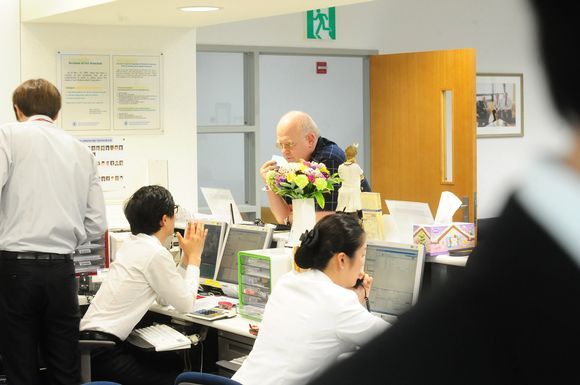Attracting Foreign Patients – Not an Easy Task
The Ministry of Health and Welfare’s efforts to attract foreign patients fall short as an audit reveals problematic evaluation methods used in selecting advanced medical technology from rural provinces.
The Ministry of Health and Welfare has been spearheading efforts to promote advanced medical technology of various rural Korean districts to foreign patients. Although the medical tourism industry in Korea is booming, foreign patients currently flock to metropolitan areas around Seoul to receive medical treatment. The Ministry has been working towards evenly distributing the influx of foreign patients throughout the country to include provinces in the southern belt, such as Busan, Daegu, and Gwangju.

These efforts materialized in 2010 when the Ministry set forth a “Strategic Plan for Fostering Regional Businesses of Cutting-Edge Medical Technology” wherein the Ministry chose 8 advanced medical technologies from different local governments, and invested in their promotion by providing 1 billion won of government subsidies to each province.
The local governments were then evaluated based on their performance – the standard being the number of foreign patients attracted to each respective region per year.
However, an audit released by the Board of Audit and Inspection recently outlined faulty standards used to select medical technology per province.
Particularly, the data released in the ‘Poor Maintenance of Businesses handling Regional Advanced Medical Technology’ by the Board of Audit and Inspection showed the lack of uniform criteria used to select advanced medical technology per province. The audit showed that some members of the Evaluation Board did not fill out their evaluation sheets per criteria, and only wrote down a subjective total score, signaling the lack of objectivity in selecting advanced medical technology.
The problem is two-fold however, as evaluation standards used to measure overall performance were also lacking. Because the Ministry aimed to attract foreign patients, performance was to be measured based on the number of foreign patients received. Even though the Ministry requested local governments to submit a report regarding these numbers, the Ministry failed to set uniform criteria in the evaluation of their performance, leading to inaccurate data. Meanwhile, the data gathered by the Board of Audit and Inspection indicated poor overall performance.
The Board of Audit and Inspection commented that the Ministry must ramp up its efforts to “evaluate advanced medical technology based on detailed criteria, and rationally reform and apply the criteria and evaluation methods used to judge the representative medical technologies.” In addition, the Board of Audit and Inspection called for “a clear standard to measure the gross performance of these technologies in attracting foreign patients and to execute these tasks thoroughly.”

